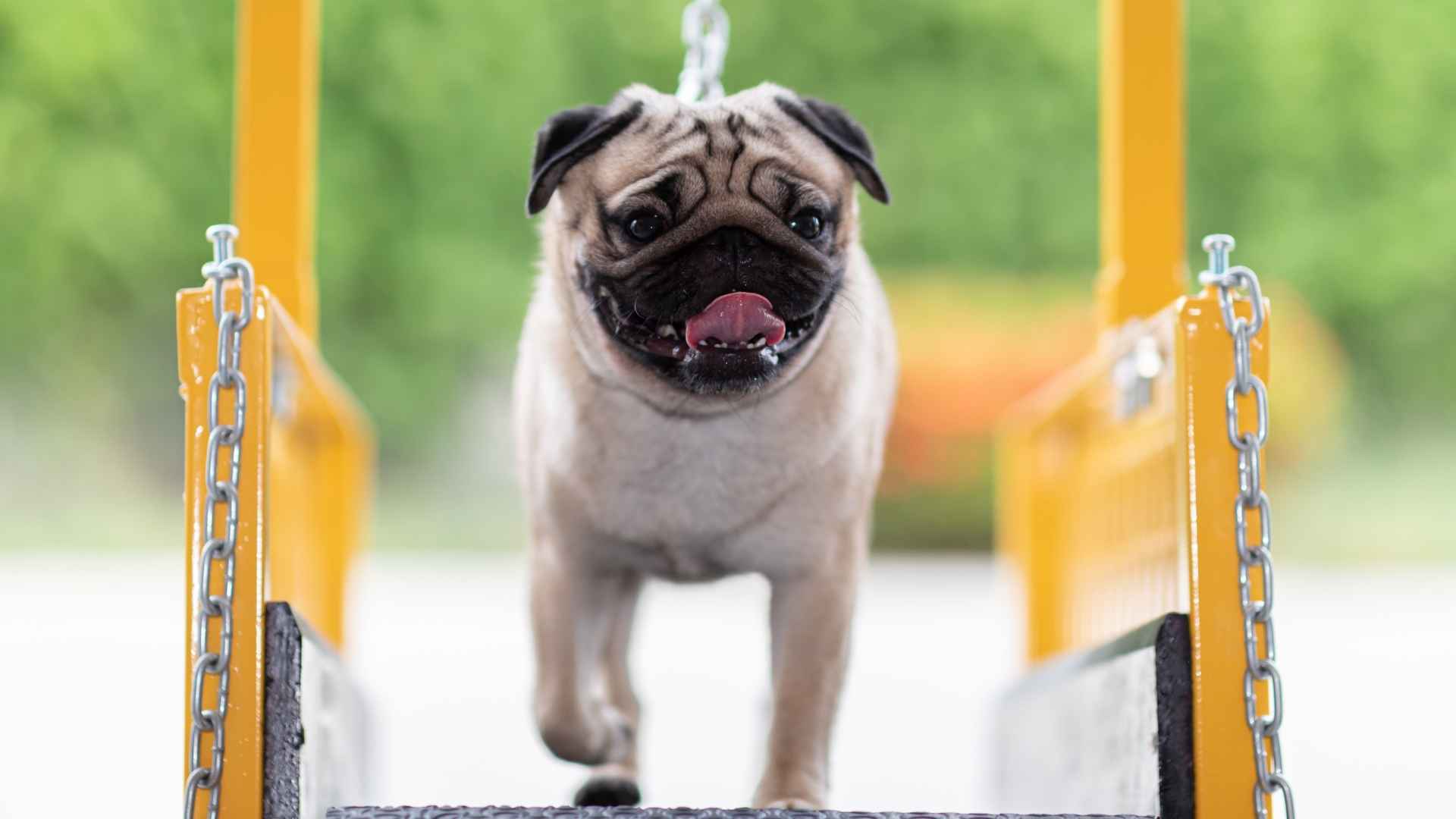Let’s face it—not everyone has time for long hikes, morning jogs, or daily trips to the dog park. But that doesn’t mean you can’t enjoy the love and companionship of a dog. Enter the world of low-energy dog breeds—tiny pups with calm personalities and big hearts, who don’t demand hours of playtime to be happy.
Small dog breeds were developed for their compact and easy-to-handle size. For some, their small stature enhanced their skills in work or hunting, while for others, their size made them perfect lap dogs and charming, lovable companions.

Perfect for apartment living, busy professionals, seniors, or anyone who prefers a more relaxed lifestyle, these dogs bring all the joy of pet ownership without the exhausting energy requirements. These low-energy dog breeds are content with minimal exercise, short walks, cozy naps, and being your favorite couch buddy.
But don’t let their small size fool you—they’ve got just as much charm, personality, and loyalty as their larger, more active cousins.
Here, we’ll introduce you to small breeds that thrive in a slower-paced environment, making them perfect for city dwellers or first-time dog owners who want companionship with a calmer vibe.
So, dog lovers, are you ready to meet your pint-sized partner in chill?
Low Exercise Small Dog Breeds
1. Cavalier King Charles Spaniel
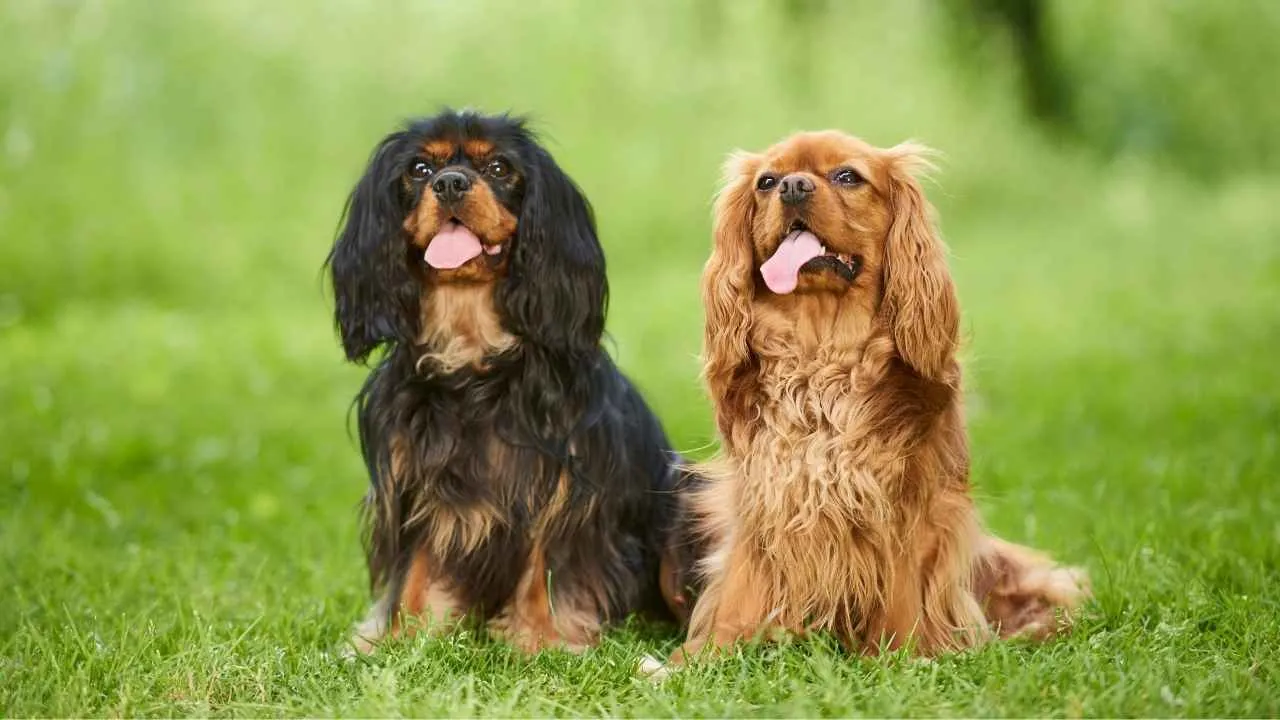
Meet the Cavalier King Charles Spaniel — basically the royal in the dog world who prefers charm over cardio. These little fluffballs are the social butterflies of the canine kingdom.
Originally bred to keep laps warm in cold castles and during carriage rides, these affectionate and gentle dogs are well-suited for first-time dog owners. According to the American Kennel Club, they currently rank as the 14th most popular dog breed.
Cavalier King Charles Spaniels are small-sized dogs, usually standing 12–13 inches tall and weighing between 13–18 pounds. They have a compact build with a long back, a deep chest, and naturally floppy ears that add to their charming appearance.
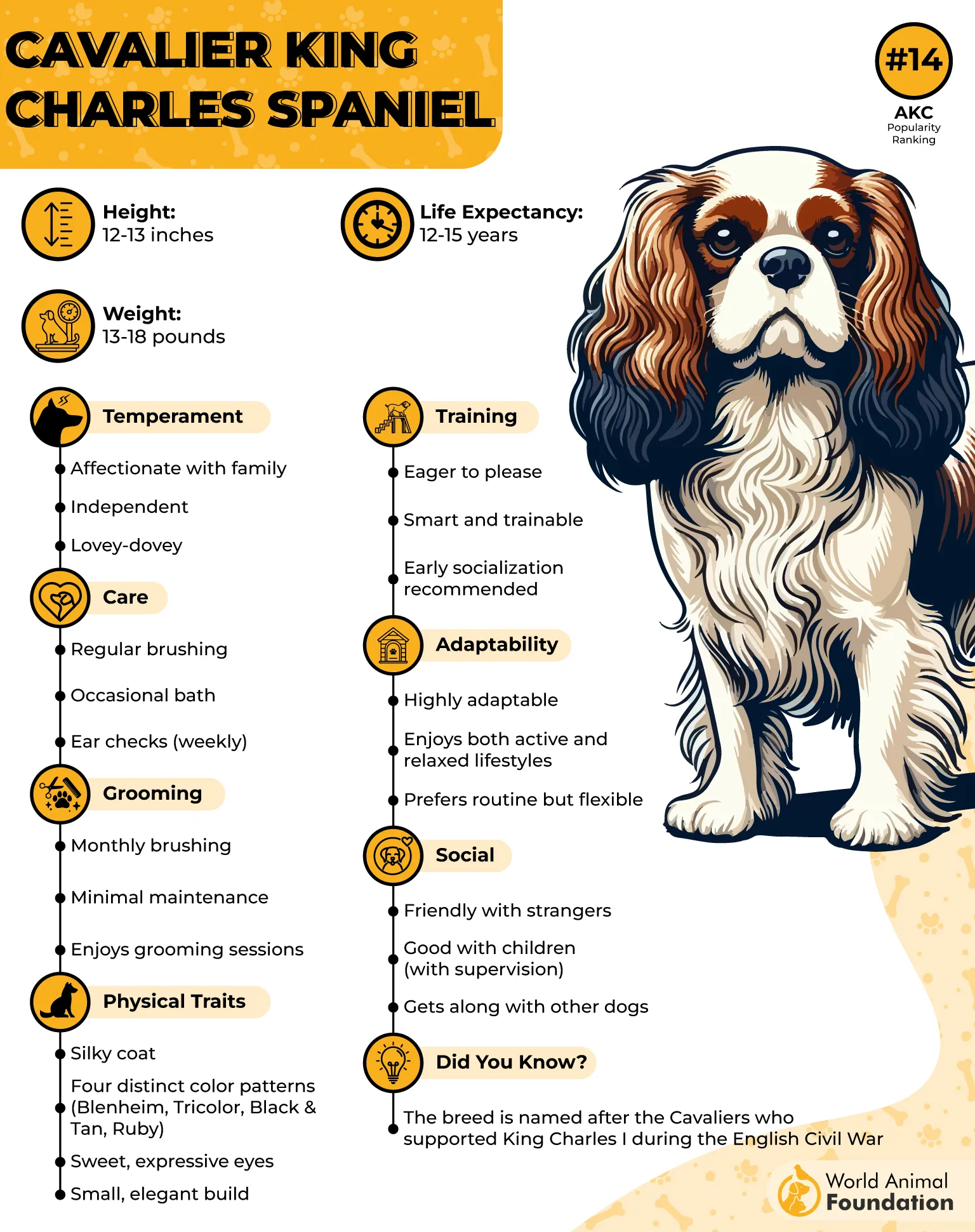
Whether it’s cuddling up on your lap, exchanging puppy gossip with neighborhood dogs, or charming the socks off your guests, Cavaliers thrive on companionship more than marathons.
Exercise Level:
A casual stroll around the block or a short play session will keep their tails wagging and hearts happy. If you’re more of a “Netflix and chill” human, this dog is your soulmate.
Cavalier King Charles Spaniels don’t do well when left alone for extended periods. They are extremely friendly, get along well with families and strangers alike, and adapt easily to various living environments.
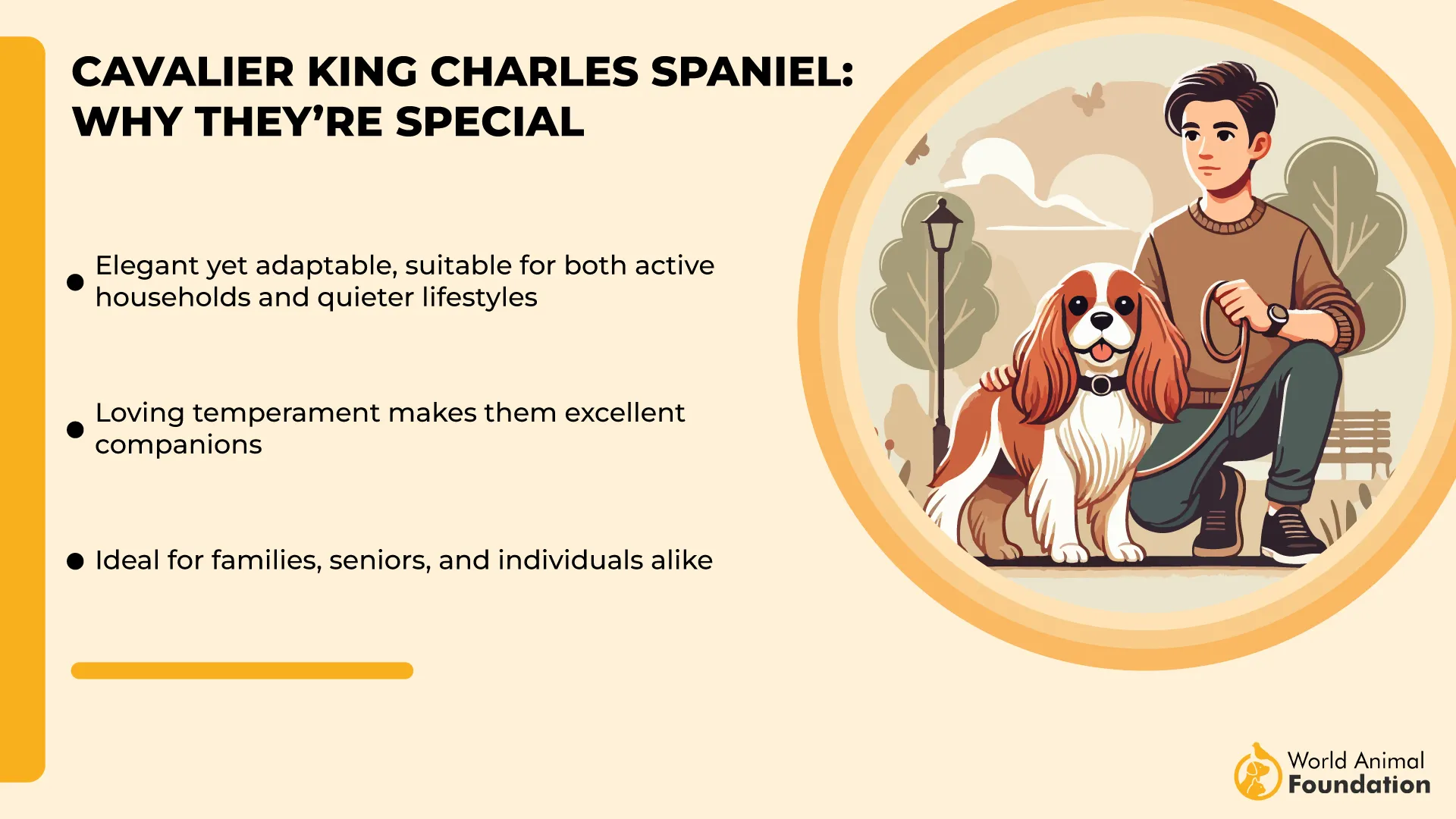
As per WebMD, Cavaliers are high-maintenance dogs when it comes to grooming—regular brushing with a bristle or pin brush helps keep their coat shiny and free of tangles.
Fun Fact: They’re so affectionate, they’ll probably judge you for choosing the couch over a walk — but only lovingly, with a head tilt that says, “Are you sure about that?”
2. Pug
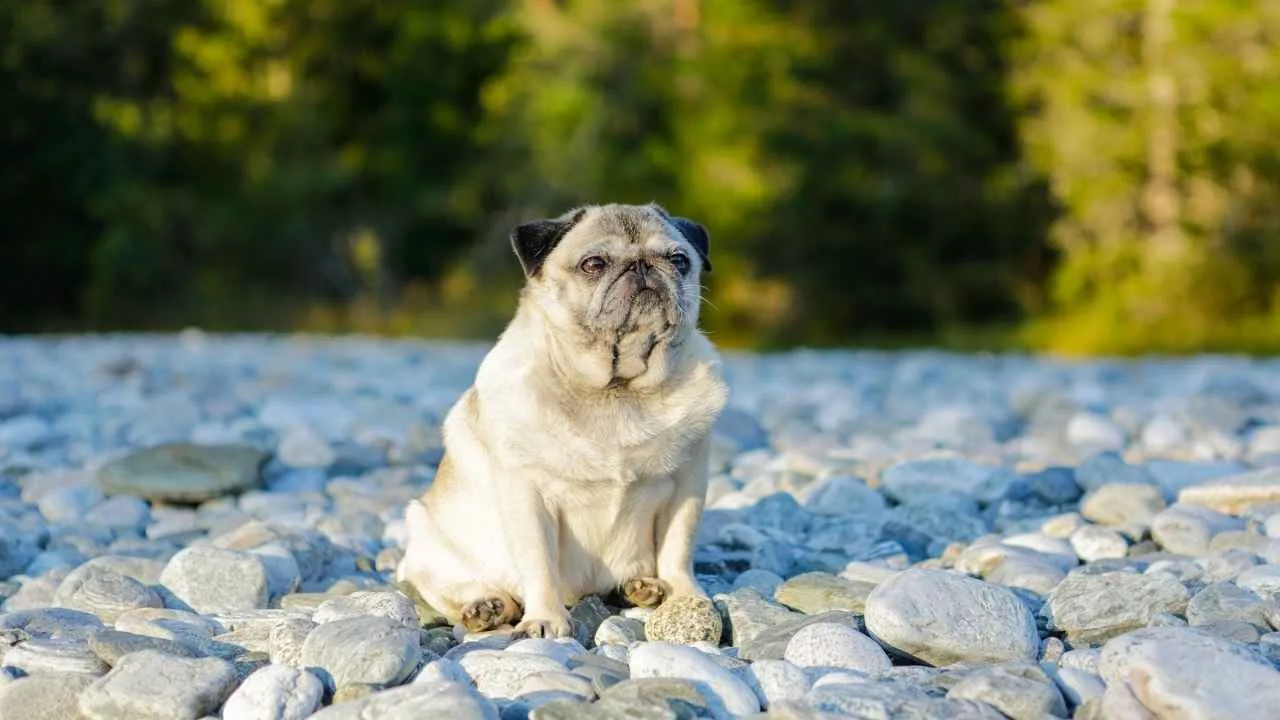
Ah, the Pug — the wrinkly-faced comedian of the dog world. With those smooshed noses and snorty sighs, pugs are experts at making you laugh without even trying.
The Pug, once a beloved dog of royalty worldwide, remains a popular breed today. They typically stand 10–13 inches tall and weigh between 14–18 pounds. They also make excellent companion dogs.
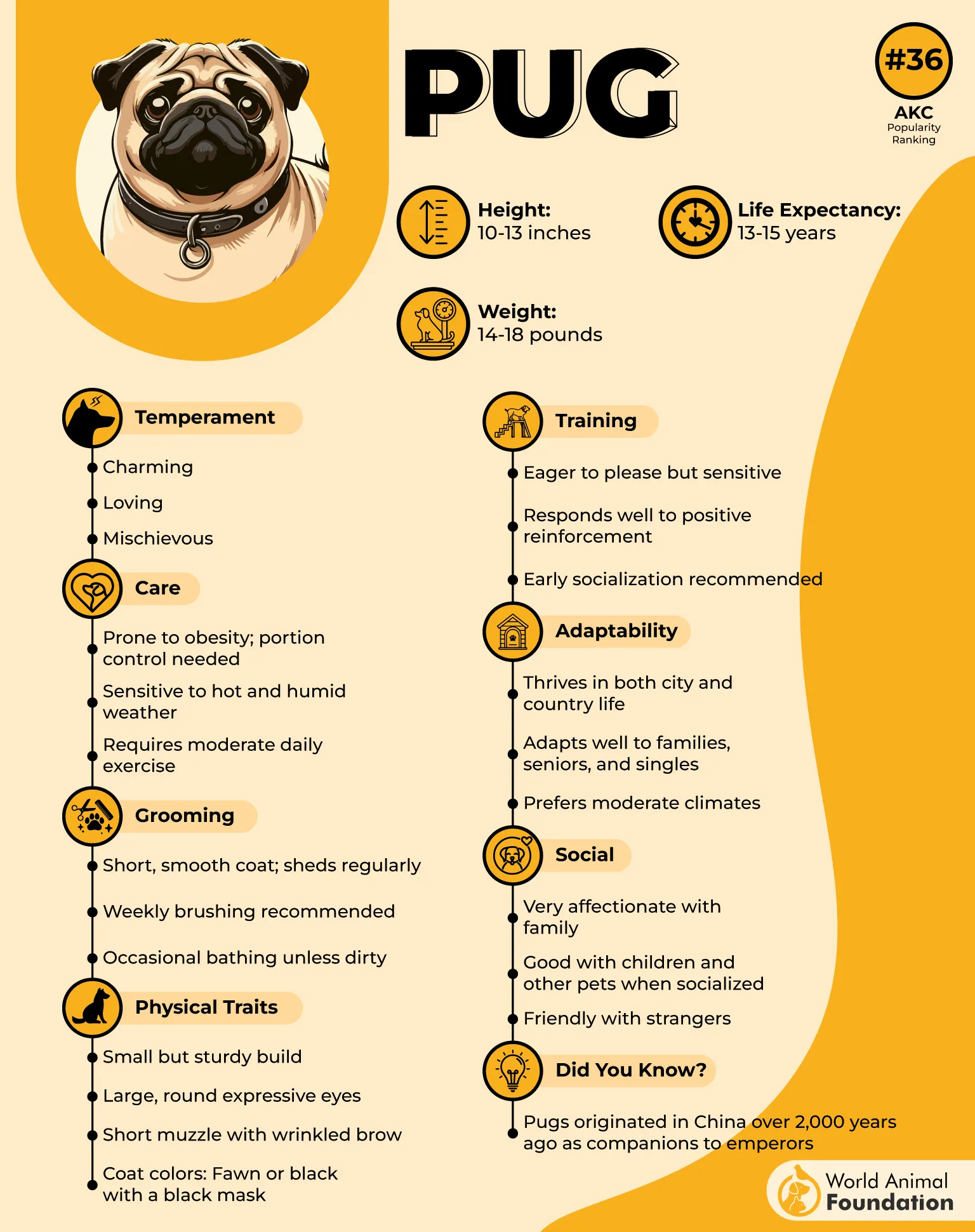
Pugs thrive as primarily indoor dogs with limited, controlled time outside. Owners should watch closely for signs of respiratory distress or overheating, as their flat faces make them prone to breathing difficulties and heat sensitivity.
Exercise Level:
Their exercise motto? “Less hustle, more snuggle.” They enjoy their walks but prefer them short and sweet. After all, sprinting is exhausting, especially when you’re working that adorable little wheeze. A quick romp in the yard or a gentle stroll around the block usually does the trick.
Although Pugs have short coats, they tend to shed quite a bit. Regular grooming helps manage shedding and keeps their skin and coat healthy.
Pro Tip: Pugs are prone to overheating, so keep those walks cool and cozy. Think of them as little solar-powered cuties who don’t want to overcharge.
3. Shih Tzu
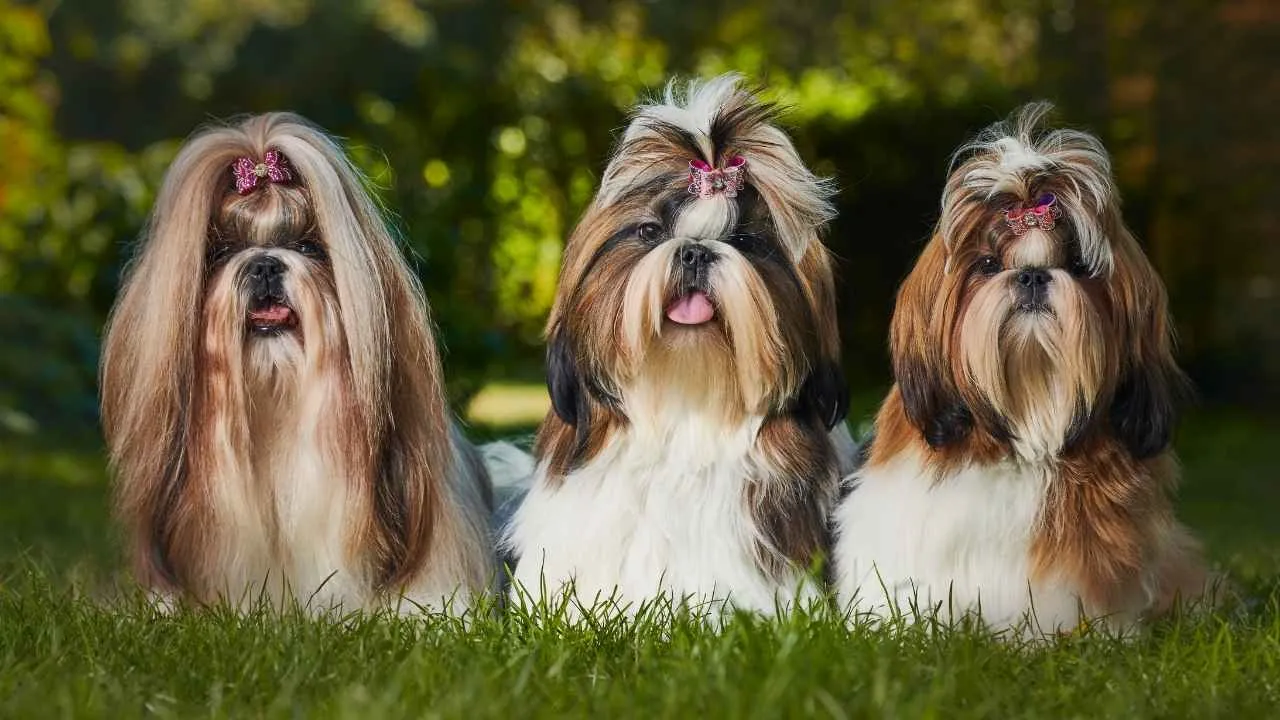
The Shih Tzu is the royal VIP of lap dogs — think of them as the canine equivalent of a tiny, fluffy celebrity who expects red carpet treatment.
These little charmers are all about the glam life: lounging on plush cushions, getting their fur fussed over, and giving you those big, soulful eyes that say, “Yes, you will give me a treat.”
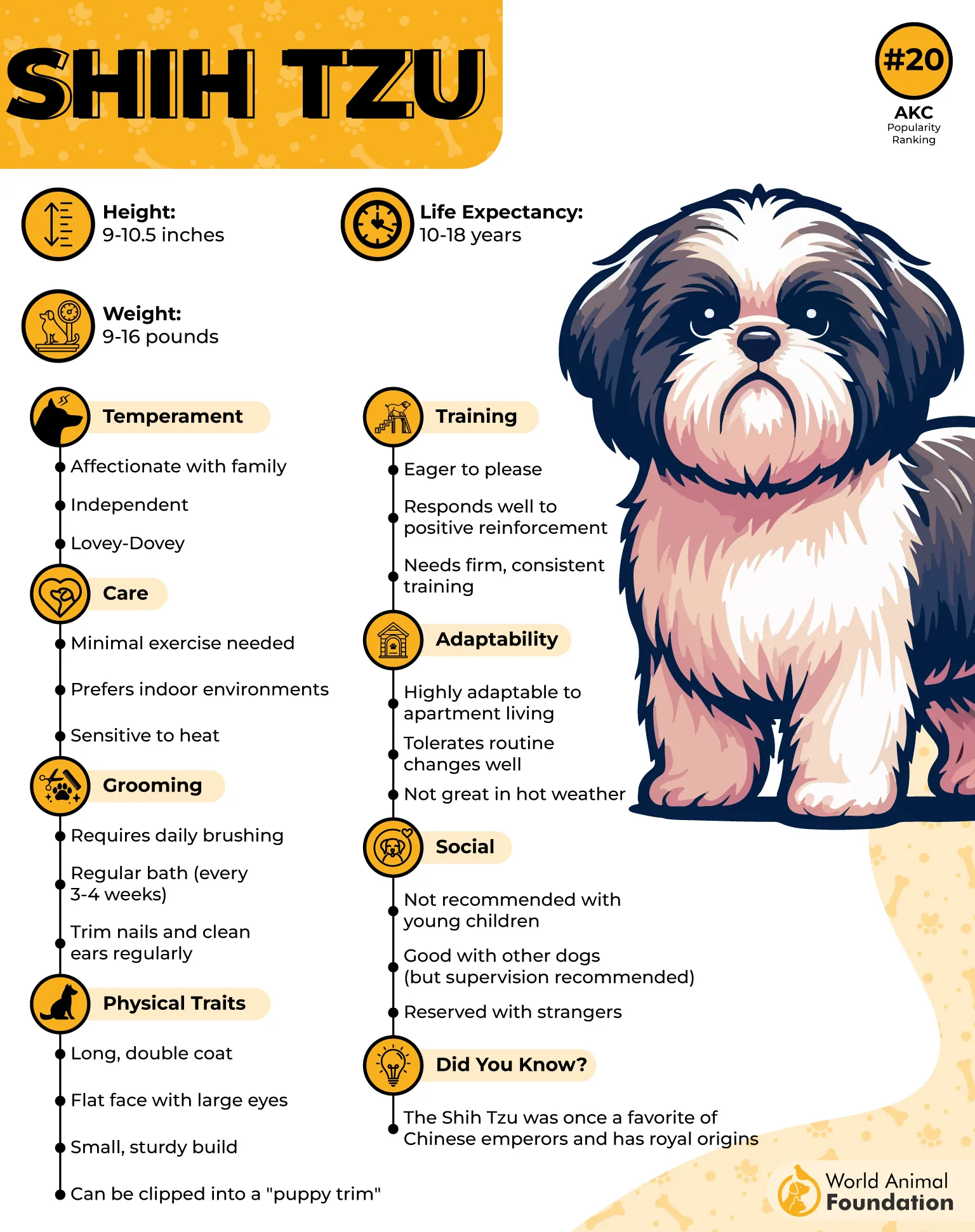
Shih Tzus are sturdy dogs with short legs weighing between 9 and 16 pounds, with an average height of around 10 inches. Shih Tzus are friendly and lively companions. They are typically cheerful and sociable with people and other animals of all ages, and they prefer to avoid being left alone.
Exercise Level:
They require moderate exercise daily, like a few short walks and light play sessions, and that’s all they ask for; then they’re happy to snooze through the rest of the day dreaming of their next cuddle. If energy were a bank account, Shih Tzus prefer to keep it in savings.
They have a very adaptable nature—they’re happy whether snuggling indoors or going on an adventurous walk in the park. Whatever the activity, they simply love being close to their people.
Fun Fact: They might look like they belong in a fancy perfume ad, but these little fluffballs also moonlight as expert mischief-makers—especially when they think no one’s watching.
4. Japanese Chin
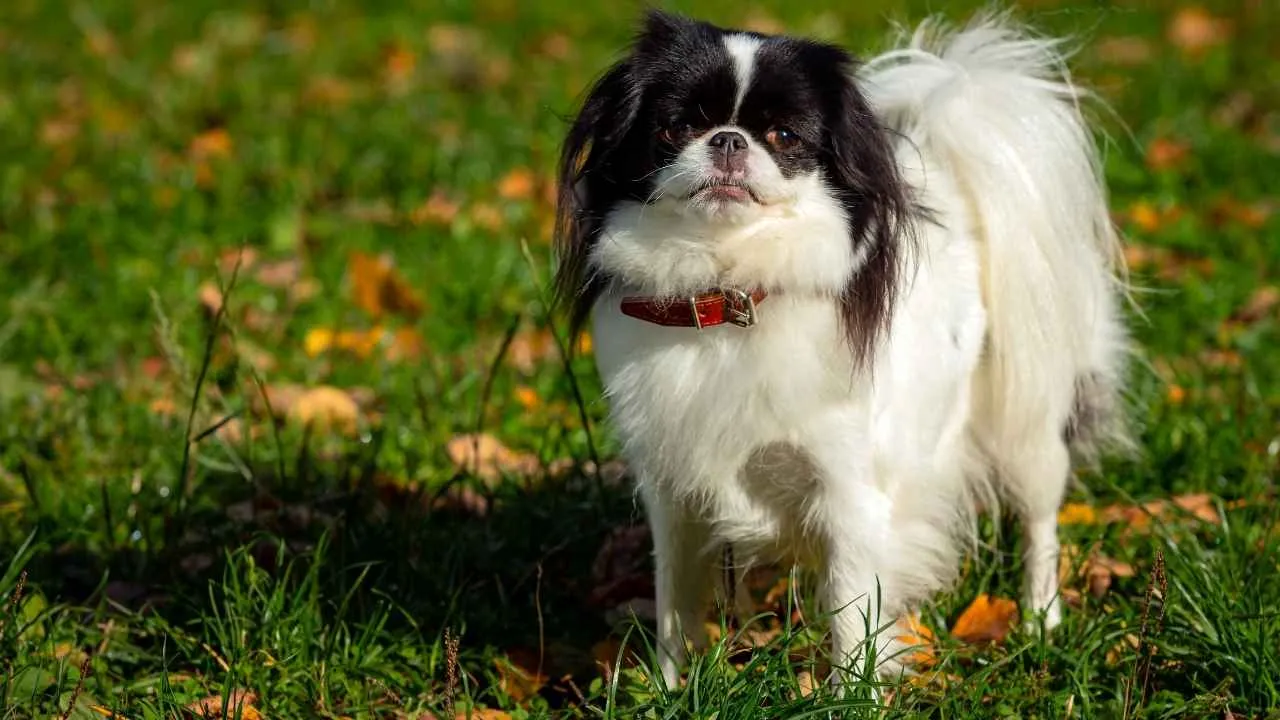
Meet the Japanese Chin, the aristocrat of the small dog world with a personality bigger than their tiny paws.
The Japanese Chin is a toy breed known for its luxurious, silky coat, broad head, short muzzle, and widely spaced, expressive eyes. With a compact size of 8–11 inches in height and a maximum weight of around 11 pounds, they make ideal lap dogs.
This breed is like your elegant, slightly sassy friend who loves to be pampered but also enjoys a cheeky game or two. They’re masters of the art of graceful lounging but can surprise you with bursts of playful energy, mostly when they’re trying to steal your socks.
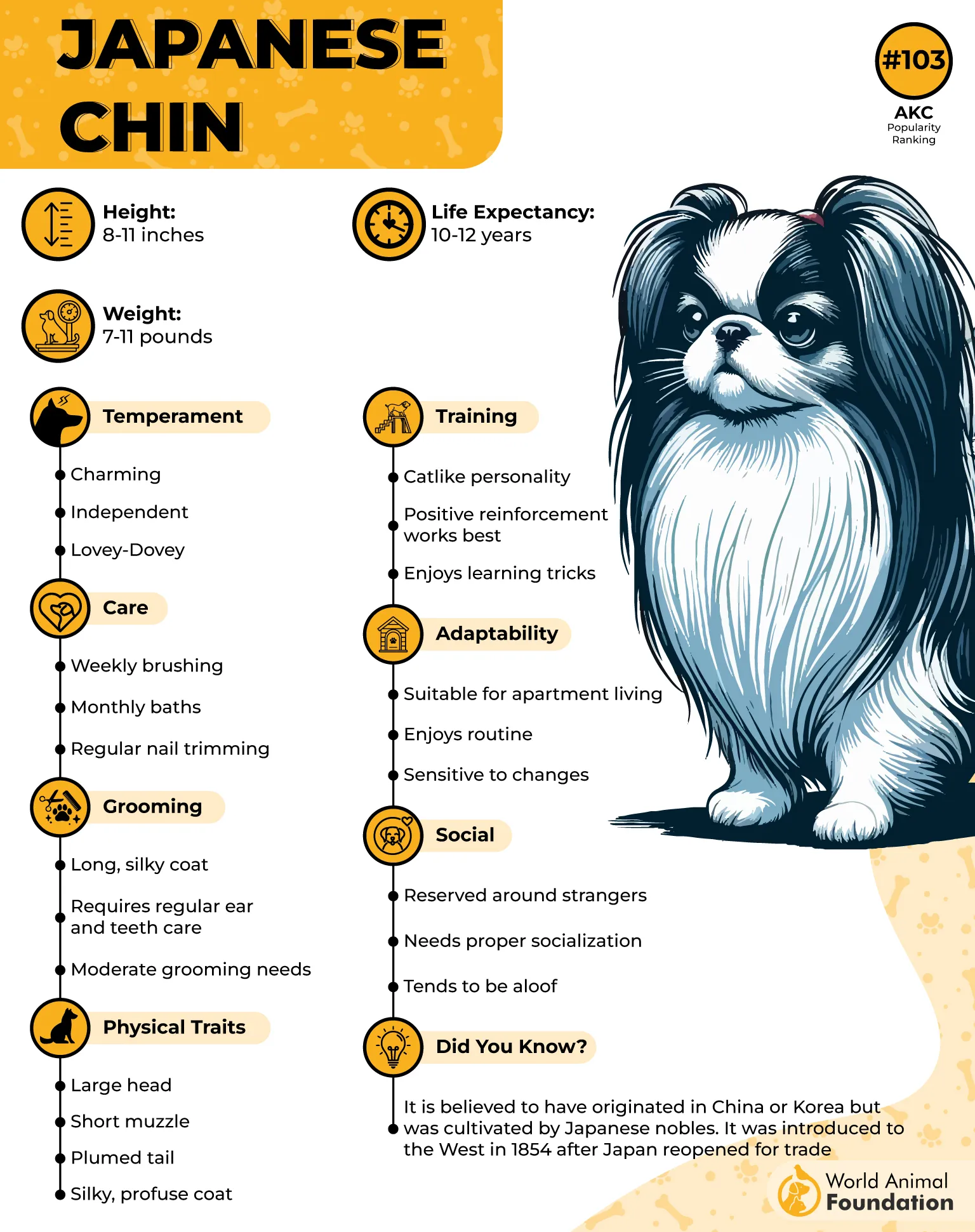
Japanese Chins are deeply affectionate with their family members and thrive on companionship. However, they can be a bit reserved or shy around strangers, often taking time to warm up to new people.
Exercise Level:
A gentle walk around the block or some indoor playtime keeps them happy and healthy. They’re perfectly content curling up beside you afterward, judging your dance moves or your snack choices with a regal eye.
Japanese Chins are a brachycephalic (flat-faced) breed, which means they can be prone to brachycephalic airway syndrome—a condition that can cause breathing difficulties due to their shortened skull structure. Owners should be cautious in hot or humid weather and avoid overexertion.
Pro Tip: Japanese Chins adore indoor adventures and are quite happy with a mix of playtime and plenty of lap time, so no need to worry if you’re not ready for a jogging partner.
5. Maltese
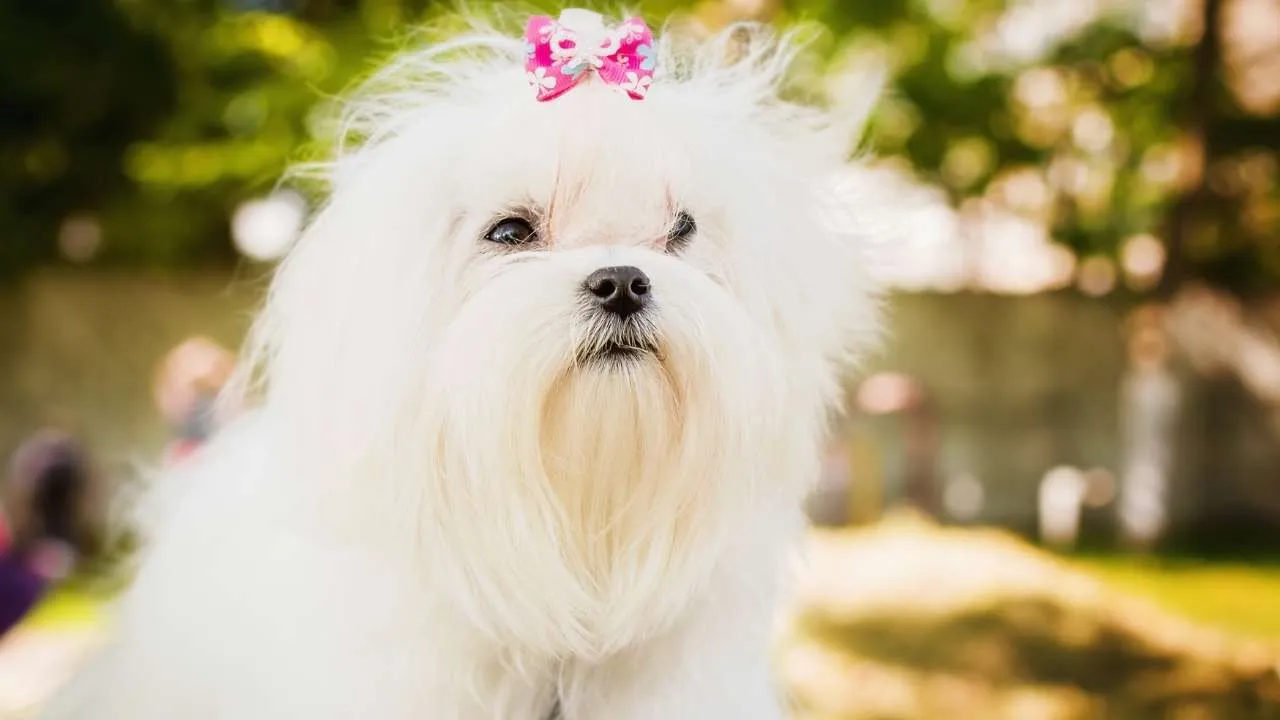
The Maltese is like that elegant little friend who shows up to every gathering looking flawless, all silky white fur and big, expressive eyes that could melt the coldest heart.
Despite their delicate appearance, Maltese dogs are lively, affectionate, and playful. They form strong bonds with their owners and thrive on companionship, making them wonderful lap dogs and loyal family pets.
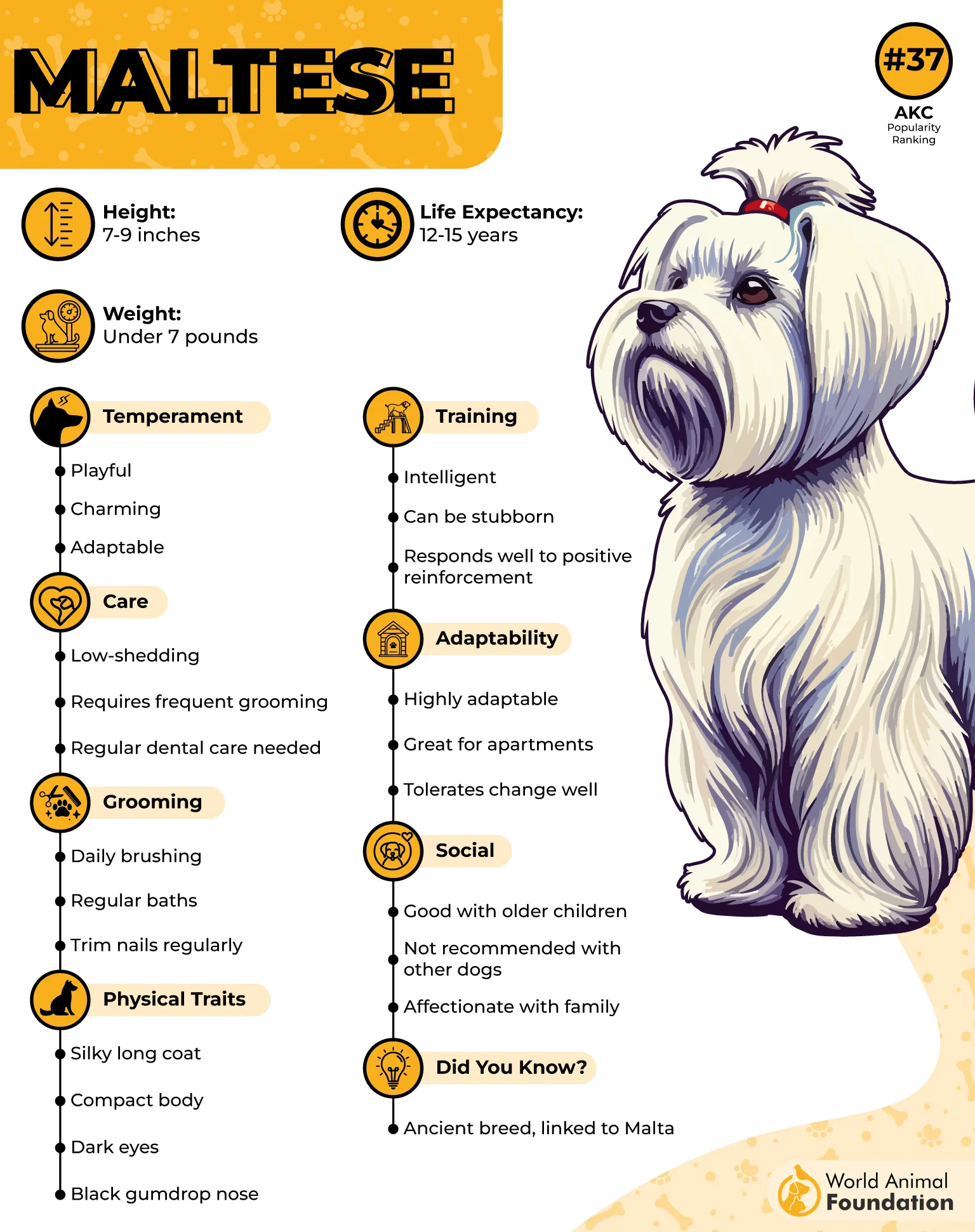
Their white coat often leads them to be called “hypoallergenic,” though no dog is completely free of allergens. However, their long, silky fur does require almost daily grooming to stay healthy and looking its best, so it’s important to set aside regular time for coat care.
Exercise Level:
When it comes to exercise, they’re all about quality over quantity — they require minimal exercise, like a leisurely walk or some indoor play, is plenty to keep them happy. They’re happy to charm their way through life without breaking a sweat — unless it’s from chasing their tail or demanding more cuddles.
PetMD says the Maltese’s small size can make the energetic behavior of young children a bit overwhelming for them. However, they tend to do well and fit in nicely with families that have older kids.
Maltese dogs are intelligent and learn training cues quickly, especially when positive reinforcement is used. To keep them engaged, it’s best to keep training sessions short and enjoyable, turning them into a fun game.
Fun Fact: Maltese have been royal companions for centuries, so you could say they’re basically canine royalty who expect their subjects (that’s you) to serve snacks on demand.
6. Pomeranian
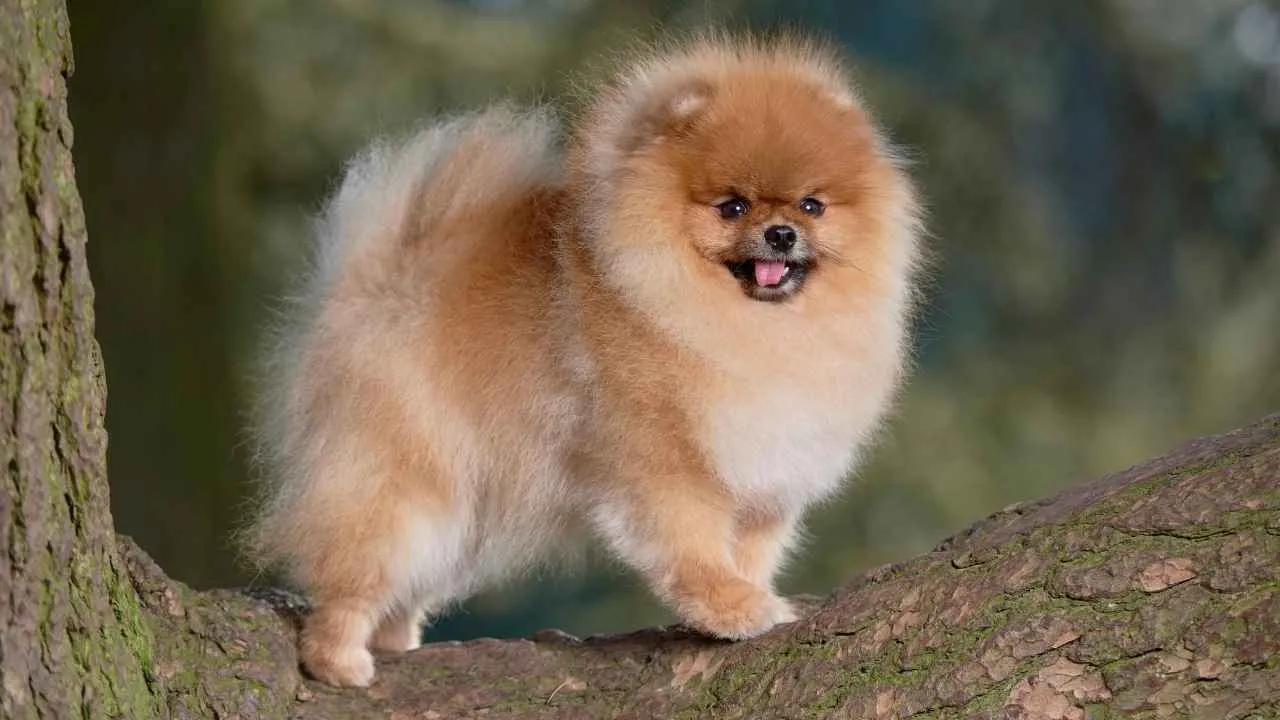
Pomeranians are like a cross between a plush stuffed animal and a tiny roaring lion — fluffy, fierce, and adorable.
Pomeranians are small-sized dogs, usually weighing between 3 and 7 pounds and measuring about 6 to 7 inches tall at the shoulder. Their petite build makes them ideal for apartment living and convenient to carry.

Their fluffy coats make them look like they’re always ready for a royal photo shoot, but don’t be fooled — these little guys have big personalities! They can be bossy, alert, and fiercely loyal, which means they’ll keep an eye on everything… especially the mailman.
Exercise Level:
A couple of daily walks and some lively playtime is just right to burn off their spirited energy. No need for marathons — they’d rather conserve energy to give you the royal “watchdog” treatment.
You should brush your Pomeranian regularly—at least once a week—to keep its coat healthy and beautiful. Be especially careful to prevent their long fur from matting.
Pro Tip: Because they’re so alert, don’t be surprised if your Pomeranian barks at a shadow or demands you investigate a suspicious leaf. They take their job as family bodyguards very seriously!
7. Bolognese
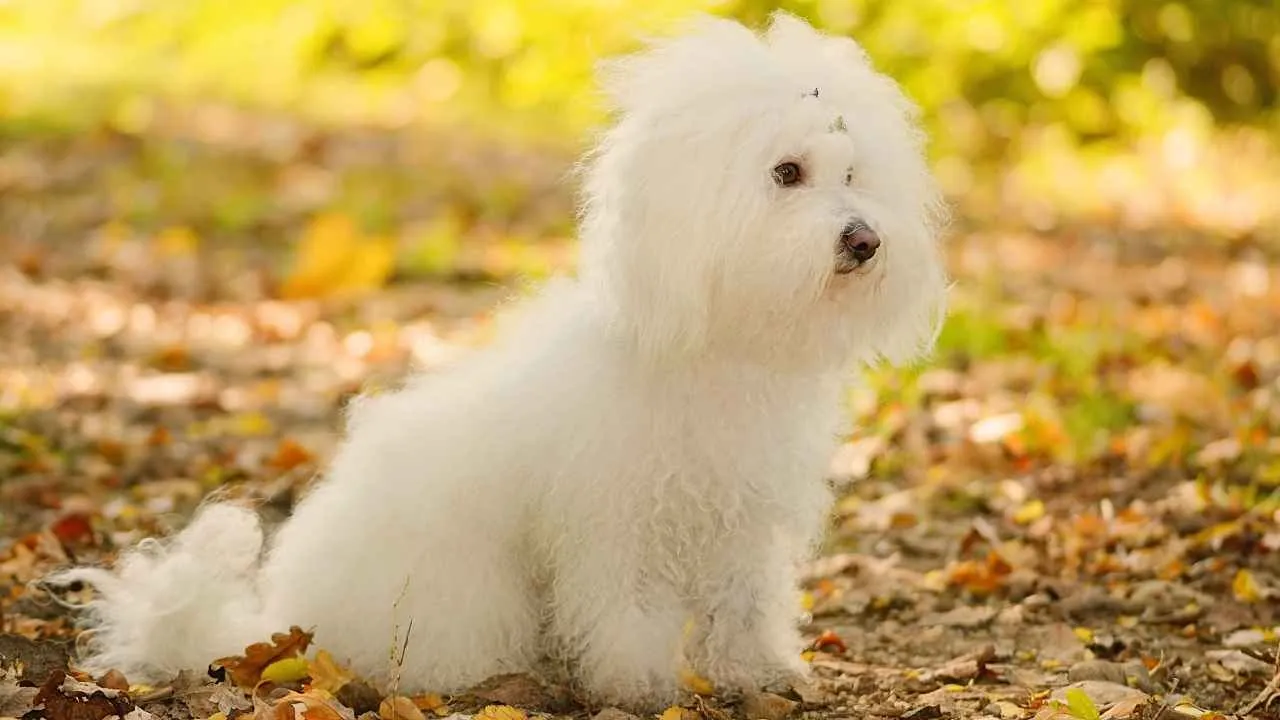
The Bolognese has been bred for centuries as a companion dog, making it naturally calm, loyal, and affectionate toward its human family. With an easygoing temperament and low-maintenance needs, the Bolognese is a great travel buddy and errand companion.
Wrapped in a soft, fluffy white coat, these little guys love their people and thrive in calm, cozy environments. They’re not the type to drag you on endless runs; instead, they prefer slow strolls and plenty of cuddle breaks.
Exercise Level:
A gentle walk and some indoor play will keep them content, leaving lots of time for lounging on your lap or watching the world go by.
Unlike many other small-breed dogs that tend to be vocal, the Bolognese is generally quiet and not overly talkative.
According to the AKC, Bolognese dogs are prone to separation anxiety and don’t tolerate being left alone for extended periods. These little dogs are not ideal for people with a traditional 9-to-5 schedule, as they thrive best with constant companionship.
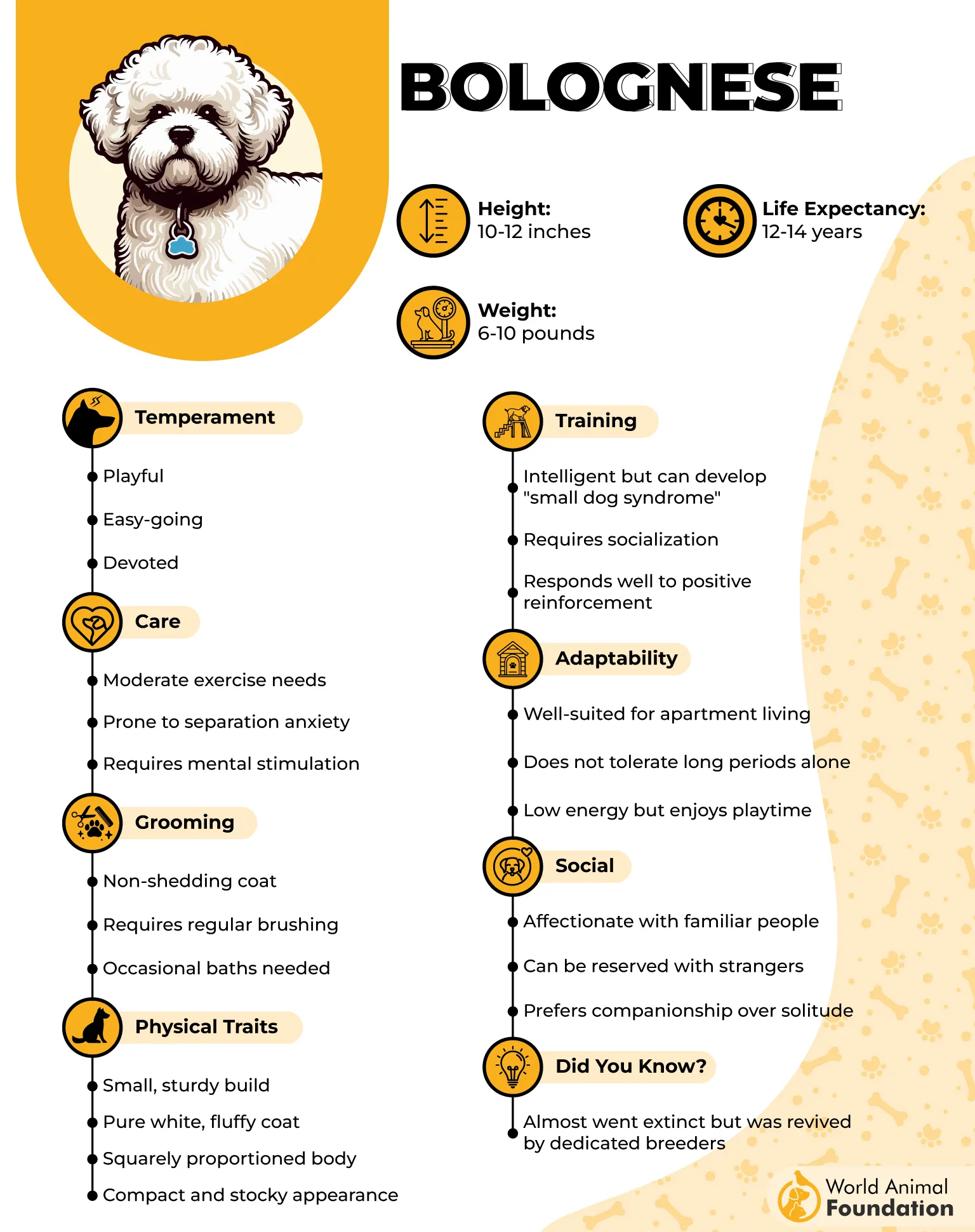
When properly socialized and trained, Bolognese dogs make adaptable companions for both children and seniors. They may not have endless energy, but they enjoy short play sessions followed by plenty of cuddle time.
Fun Fact: Despite their calm demeanor, Bolognese dogs have a surprisingly stubborn streak, which means if they decide nap time is non-negotiable, well… good luck convincing them otherwise
Conclusion
For pet parents seeking a canine companion that doesn’t require much exercise, choosing a low-energy small dog breed can be ideal, especially for busy owners, elderly dogs, or those living in warm or hot weather climates. While high-energy dog breeds and active dog breeds thrive on canine sports, agility training, and high-energy activities, low-exercise dogs are content with moderate walks, indoor play, and occasional games like playing fetch. Breeds such as French Bulldogs, Basset Hounds, Chinese Crested, and even Chow Chows (despite their independent nature) are great options. These dogs typically need a daily walk or a slow walk to stay healthy, helping prevent weight gain and other health issues.
Even low-energy dogs benefit from mental stimulation and mental exercise, which can be met through obedience training and quality time spent with their owner. Though they need less physical effort, these breeds still require care, attention, and occasional grooming depending on grooming needs. Small breeds that need the least exercise are perfect for owners with limited time or mobility, providing all the love and joy of other dogs while fitting well into less active lifestyles.


